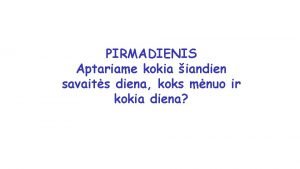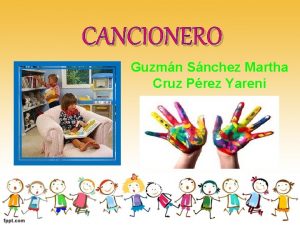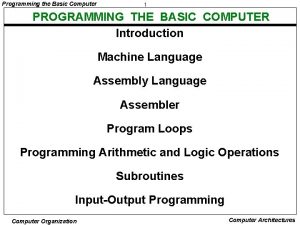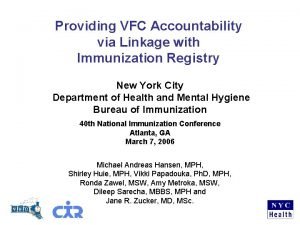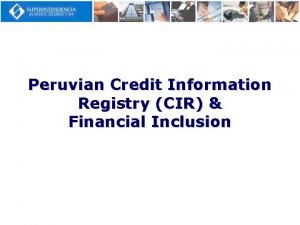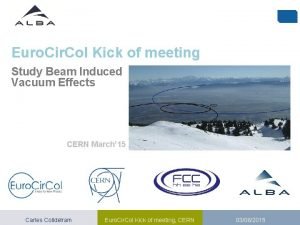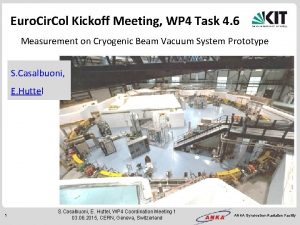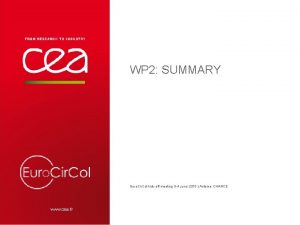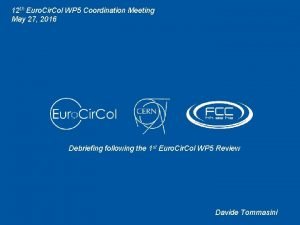Euro Cir Col WP 5 Video Meeting 23





- Slides: 5

Euro. Cir. Col WP 5 Video Meeting 23 20 June 2017 Some considerations following the FCC week 2017 in Berlin Davide Tommasini

Short Summary The activities directly or indirectly related to the WP 5 of Euro. Cir. Col were discussed in 10 sessions distributed over three days and almost 40 talks. The first day (Tuesday) was devoted to the conductor, the following day to the magnets, and the last day to the U. S. Program and to the review of the WP 5 activities in view of the write-up of the FCC CDR. In addition to these sessions, a global overview of the 16 T Magnets Programs was given on Monday, and a wrap-up presentation was given on Friday. The progress of WP 5 with respect to the situation as presented during the FCC week in Rome in 2016 is considerable for all the “active” tasks, i. e. task 5. 2 (Study accelerator dipole magnet design options), task 5. 3 (Develop dipole magnet cost model), task 5. 5 (Conductor studies) and task 5. 6 (Devise quench protection concept). Concerning task 5. 2 all the three design options considered in WP 5 have been considerably reworked since the meeting in 2016: the designs are approaching maturity in both the electromagnetic and the mechanical features. Furthermore, the activity carried in WP 5 has become a reference also for other initiatives which are allowing to explore a fourth design option (the canted cosine theta), thanks to a contribution of PSI and a synergic initiative within the US Magnet Development Program. The amount of conductor needed for the different designs ranges for about 7400 tons to almost 10000 tons depending on the design option. Concerning task 5. 3 the methods for establishing the cost model have been established, a first version of an extrapolated (from the LHC) approach is being completed and the development of an analytical model is in progress. Concerning task 5. 5 an important progress has been performed on the characterization of strands, which for the first time shows a potential to be really representative and useful for setting the parameters for magnet design, thanks to a better understanding and management of the test conditions. Finally, task 5. 6 has now integrated the most recent tools and methods for the CLIQ protection system. Furthermore, a comprehensive comparison and benchmarking of various methods and computational tools has been performed, showing that the baseline used within the WP 5 are well suited and accurate for the project. Concerning the Euro. Cir. Col review, the chairman Oliver KESTER has highly appreciated the activity of WP 5, not only for the outcome of the work itself with respect to the deliverables, but also for the scientific impact and openly shared team work within and towards the outside of the collaboration. Davide Tommasini Some considerations following the FCC week 2017 in Berlin 20 June 2017

Some considerations We need to make the 16 T design compatible for a HE-LHC ideally YD < 600 mm There is a clear consensus that a < 0. 2 T field can be accepted outside the cryostat It is time to reserve space for cooling The design teams will have to start soon developing the FCC models We shall not forget that we have to fill the FCC CRD well within 2018. Davide Tommasini Some considerations following the FCC week 2017 in Berlin 20 June 2017

Calendar This meeting Decide on maximum yoke diameter. Next meeting (July 11 th) Design update MT 25 Papers shall, ideally, consider new yoke diameter. Please send me list titles and abstracts (for referencing). After MT 25 Optimize the magnet design taking into account the persistent currents and saturation. Euro. Cir. Col Annual Meeting (+ Review) Identify a «baseline option» . FCC week 2018 (April) The baseline option shall be presented for a twin aperture including cooling channels, 3 D conceptual drawing and integration in the cryostat (this will be done in collaboration with CERN). Magnet protection as well as circuit powering and protection shall also be presented for the baseline option. The cost model shall also be presented for the baseline option. The other options shall also be presented, however limited to the 2 D study and the 3 D electromagnetic. Finally a conceptual design should be presented for the planned FCC short models (CEA-CIEMAT-INFN-PSI) FCC CDR (Sept 2018) First draft. FCC CDR (Dec 2018) Final contribution. Davide Tommasini Some considerations following the FCC week 2017 in Berlin 20 June 2017

Thank you for your attention
